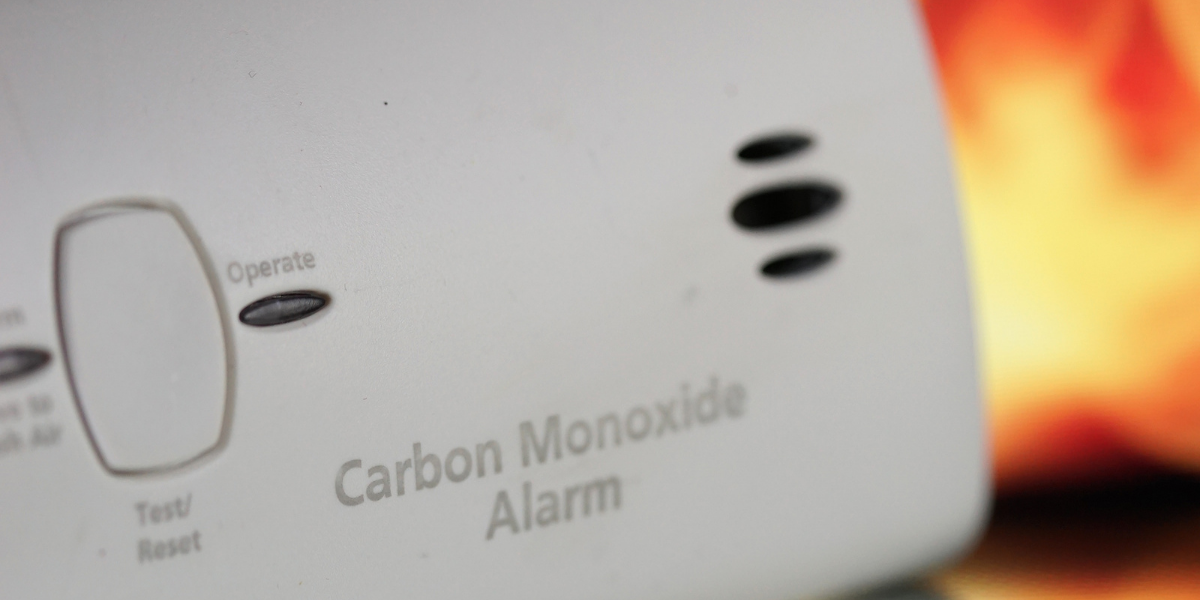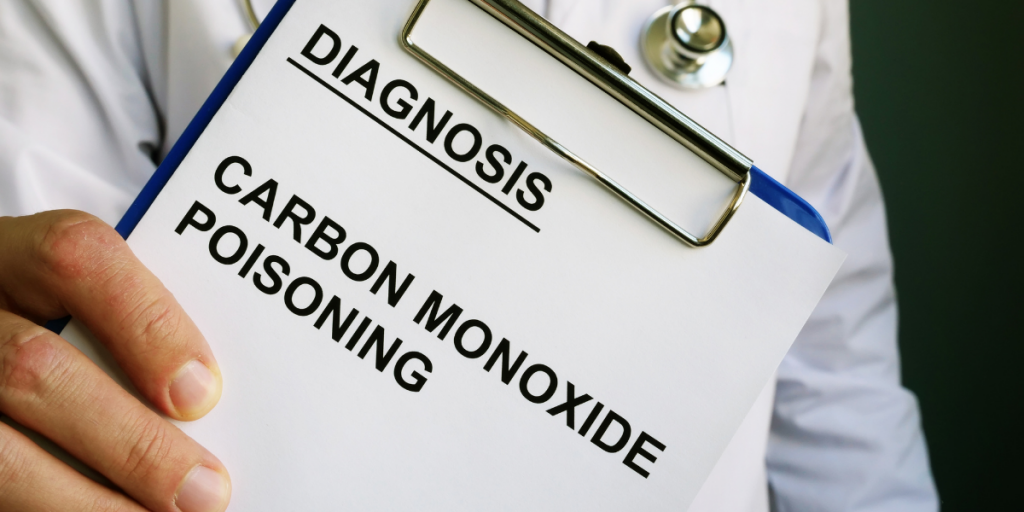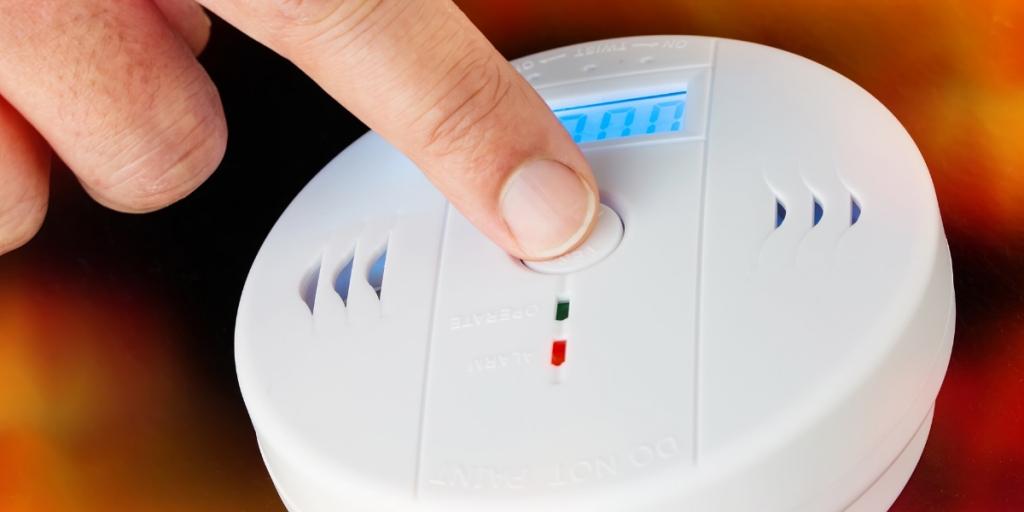
Carbon monoxide is an odourless, colourless, and toxic gas that claims as many as 60 deaths around England and Wales each year. Carbon monoxide is a byproduct of burning carbon fuel like natural gas in your stove or gasoline in your car. Even a small dose of carbon monoxide can already cause permanent damage or even death.
The Lowdown on Carbon Monoxide
Carbon monoxide gas is a simple molecule—it is one part oxygen and one part carbon. Carbon monoxide is produced when carbon fuel like gasoline, propane, natural gas, wood, and heating oil fail to burn completely.
The aforementioned energy sources are not dangerous as long as they are burned in an open area with enough ventilation. However, carbon monoxide is extremely hazardous in confined spaces like your garage, kitchen, or basement.
Dubbed as the “silent killer,” carbon monoxide is difficult to detect without a carbon monoxide detector.
The Dangers of Carbon Monoxide Poisoning
Carbon monoxide binds with the red blood cells and starves the body of oxygen after it passes into the lungs. Some of the early symptoms of carbon monoxide poisoning include:
- Nausea
- Dizziness
- Headache
- Fatigue
- Shortness of breath
Disorientation and unconsciousness occurs as soon as the carbon monoxide level in the body reaches 150 parts per million (ppm). Eventually, symptoms can turn lethal if left untreated.

Detecting Carbon Monoxide
Installing a carbon monoxide detector is the fastest way to prevent CO2 poisoning. Carbon monoxide detectors can be installed in different areas of your home. Typically, they work just like smoke or fire alarms—they sound a siren when they detect carbon monoxide.
How Carbon Monoxide Detectors Work
Carbon monoxide detectors sound an alarm when it senses carbon monoxide. Different sensors can set off various types of alerts.
Biomimetic sensor
When it absorbs carbon monoxide, a gel changes colour and the colour change will trigger the alarm.
Metal oxide semiconductor
When carbon monoxide is detected by the silica chip’s circuitry, the electrical resistance is triggered and the change will trigger the alarm to go off.
Electrochemical sensor
Electrodes in a chemical solution senses change in electrical currents when it comes in contact with carbon monoxide. This change will trigger the alarm.
Once the alarm goes off, it will only stop when the environment is carbon-monoxide free.
When Carbon Monoxide Detectors Go Off
Your CO2 alarm sounds off when it detects a buildup of carbon monoxide. Typically, this happens even before you start experiencing any symptoms. At lower concentrations (50 ppm), it can take up to eight hours before the alarm goes off. At higher levels (over 150 ppm), the alarm is triggered within a few minutes.
When the alarm sounds, act quickly. It is important to keep in mind that low doses that are inhaled over long periods is just as hazardous as sudden exposure to CO2 in ultra-high doses. Most people will feel the effects of exposure to carbon monoxide at 70 ppm.
Choosing a Carbon Monoxide Detector for Your Home
Generally, carbon monoxide detectors are designed to sense CO2 quickly and alert you right away. Nowadays, there are a variety of carbon monoxide detectors to choose from. There are simple models that can be plugged into outlets. Others will require battery to sound an alert.
Some models also include sensors for both carbon monoxide and smoke. There are also smart models that can be connected to the home security system. Other models alert homeowners of any danger through a mobile app. While a bit costly, a carbon monoxide detector is a wise investment especially if you have pets or kids at home.
Where to Place Your Carbon Monoxide Detector
Make sure everyone at home can hear the alarm go off by placing the sensor in or near the following areas in your home:
- At least one detector on each level (including the attic and the basement)
- Near sleeping spaces or bedrooms
- By doors that lead to attached garages
It is also crucial to follow the manufacturer’s instructions when installing carbon monoxide detectors beyond the three critical areas mentioned above.

Protect Your Yourself and Your Loved Ones!
Ensure you and your family (and pets!) are protected from the dangers of carbon monoxide poisoning by investing in a carbon monoxide detector. If you need help with the installation, give us a call right away and we’ll expertly take care of the matter for you!
